
The MG ZS EV Finds 5,000 Homes Since Its Launch In India
- Jul 14, 2022
- Views : 1890

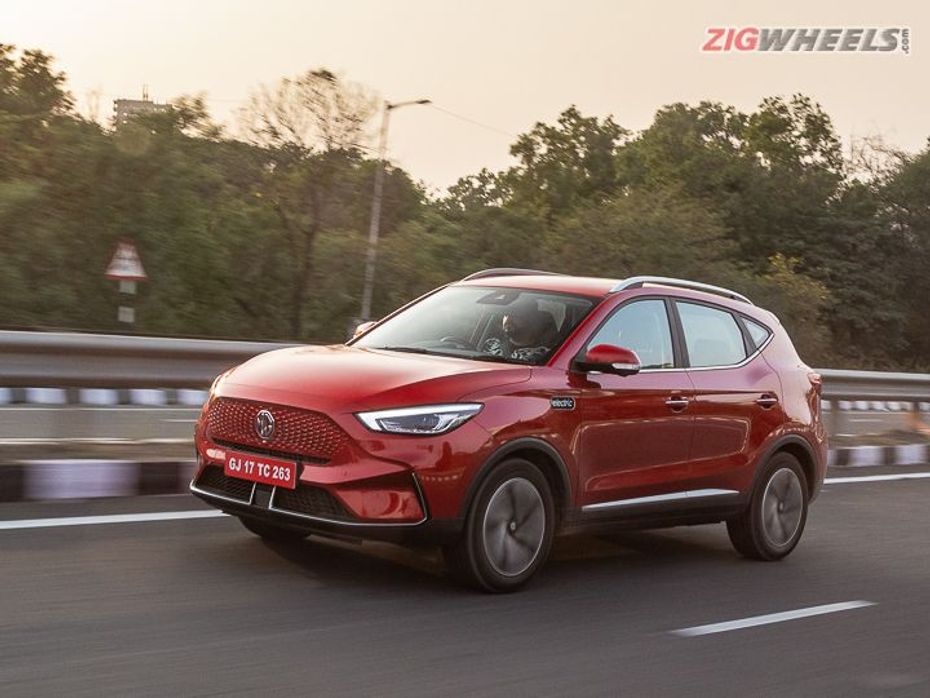
In January 2020 MG launched their ZS EV with a claimed range of 340km. Then in 2021, they tweaked the package to better suit Indian needs, with ground clearance going up from 161mm to 177mm. Somehow MG also managed to extract more range from the 44.5kWh batteries stretching it to a claimed 419km! Now in 2022, the ZS EV receives its next update, which is also focused on, you guessed it, improving practicality. There’s a larger 50.3kWh battery, a new motor and more safety aids all packaged into an MG Astor-derived look, with only a modest increase in prices. Sounds nice? Well, it isn’t!
It’s not nice, it’s fun!
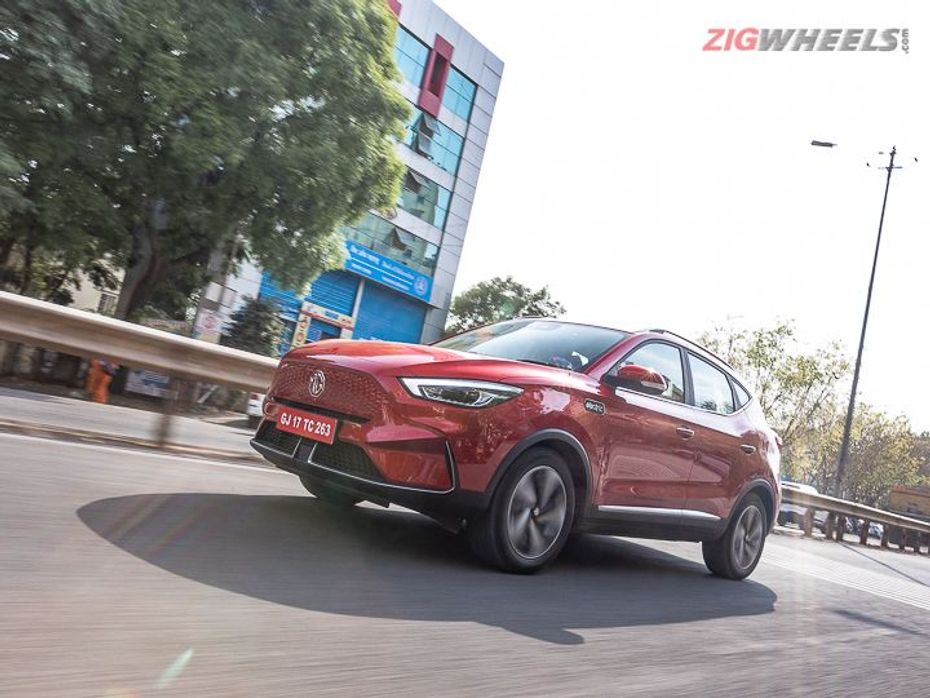
While the ZS’ soul and intentions are green, it’s properly red-blooded too. The ZS packs a new motor which is why the key figures have changed a bit; power has gone up a solid 33PS to 176PS, however, torque is down to 280Nm from 353Nm. But don’t let the numbers distract you from the fun, because the MG is. In Sport Mode, the ZS induces tyre spin even when you step on the accelerator casually. The Michelin Primacy rubber, although good, has to work hard to transfer the torque to the tarmac.

Sure, the sprint to 100kmph is still stuck at a claimed 8.5s, but the way the ZS accelerates past that point makes it truly, erm, electric. Hilariously unhesitatingly and relentlessly electric! The ZS feels like it is keen to establish its ability to hit its top speed of 175kmph every time you find an open road and a slightly heavy right foot. The ZS’ 175kmph top speed is solid, especially when you consider that a premium EV like the Mercedes’ EQC is capped at 180kmph! The added punch makes the ZS an effortless all-rounder as overtakes at highway speeds are dispatched in a flash, that too in Normal mode. Sport Mode madness is optional.
Greener Ways
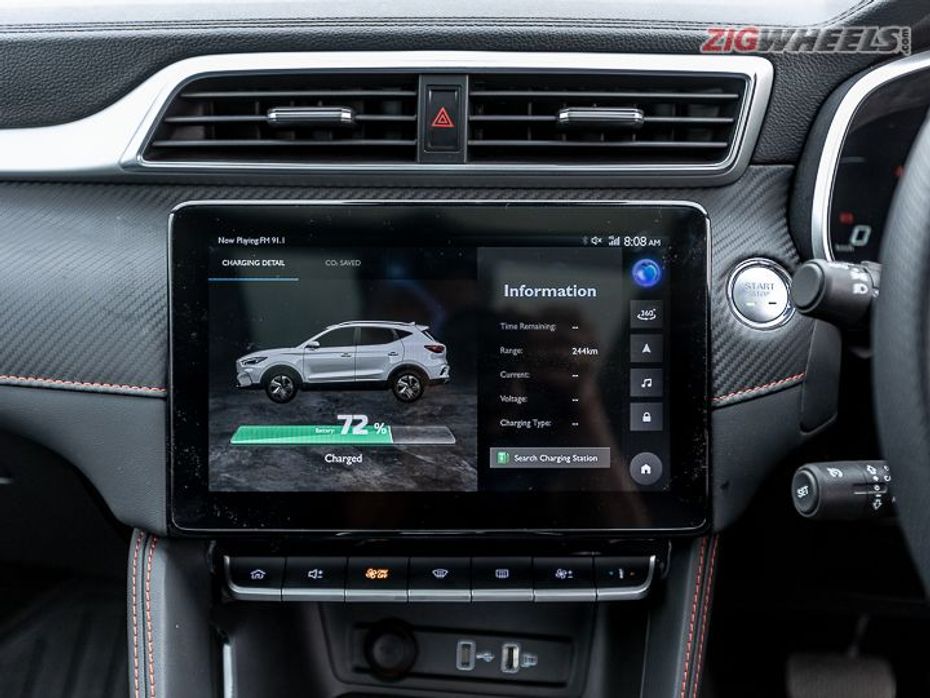
The ZS isn't irresponsible, no sir. If we have to think about sensibility, the Normal and Eco drive modes are very usable. In Eco Mode, everyday drivability is good as it tapers responsiveness only upwards of 80kmph. You could switch to Normal mode for higher speed usage like out on the highway.
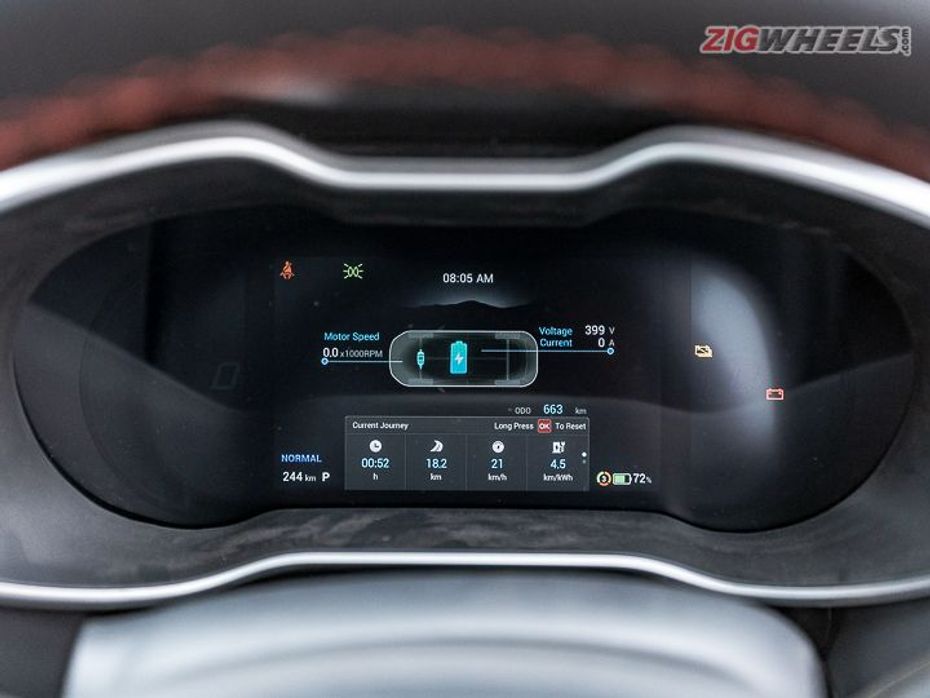
The ZS continues to offer the three levels of KERS (kinetic energy recovery system) to generate electricity by using the motor to slow down the vehicle when coasting. The third level is the most aggressive and with a bit of learning can let you drive without touching the brake pedal at all. However, we would have liked it if the ZS had steering wheel-mounted paddles that could trigger the KERS system and let you fine-tune the regenerative braking better or a more aggressive KERS mode. This might sound like nitpicking, and it is, but the ZS feels like such a polished and sophisticated product that we can't help but expect it to offer more.
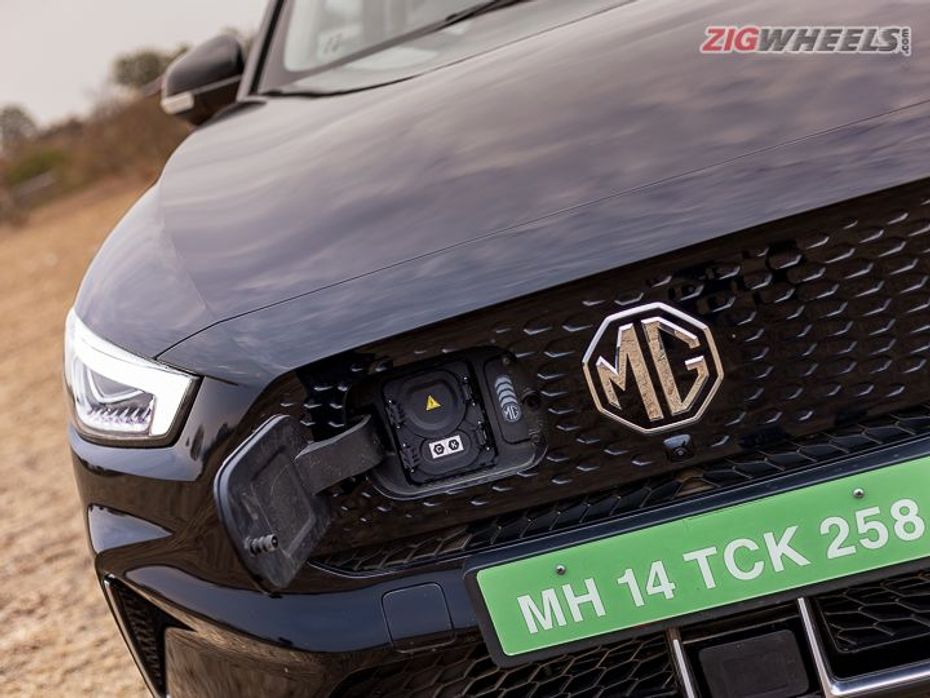
With all this efficiency and the larger 50.3kWh battery, the ZS has a claimed range of a solid 461km! Based on our experience with the 2020 ZS EV, we expect the ZS to manage about 400 kilometres in the city and about 300km on the highway. A full test of the ZS is due shortly.
Springing a surprise
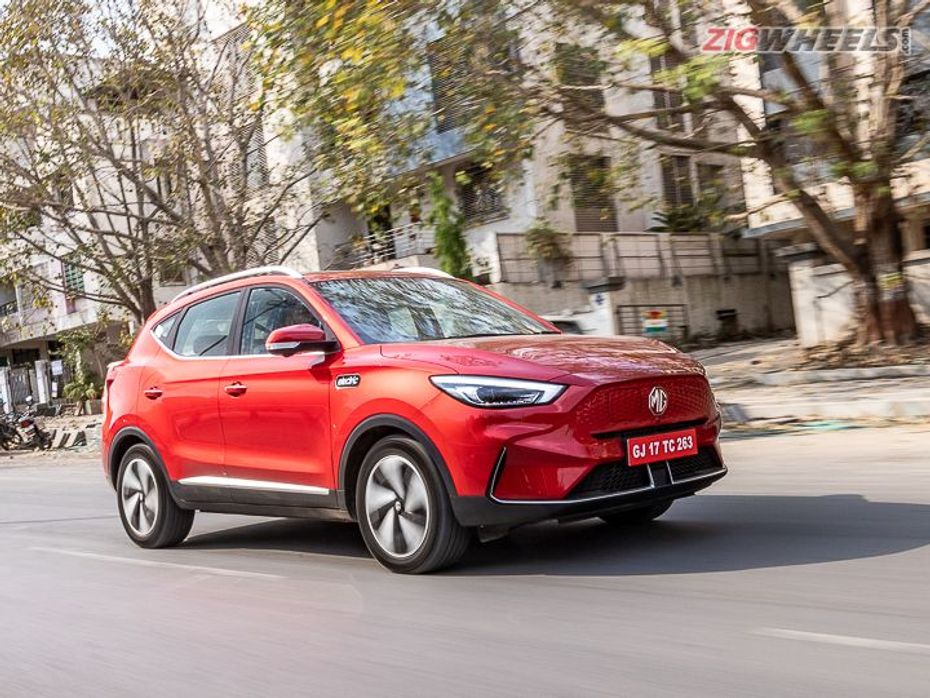
MG has not shared the change in kerb weight of the ZS as a result of the larger battery pack. However, there is a change in the way the ZS tackles bumps and potholes. It’s good news. MG seems to have taken this opportunity to retune the suspension which feels more balanced and better behaved now. The ZS tended to feel overly soft when going over bumps or speed breakers; which seems to have been dialled down now. Sure you do rock around a bit over broken roads, but the better body control makes it more comfortable to travel in.

However, I feel MG could have easily traded some more of the cushiness in the suspension for even better body control. This would make the ZS potent not just on straights but around the bends too. We won’t say no to that! As is, the 17” rims wrapped with Michelin Primacy rubber and the floor-mounted battery pack keeps the centre of gravity low and lets you carry a good amount of speed through bends, but it feels a bit sloppy when chucked and will slosh over mid-corner bumps. It isn't ever worrying as traction control can’t be switched off, but it prevents the ZS from becoming the electric hero for enthusiasts.
Obviously EV. Obviously Astor.

If you were looking to make a green statement without shouting, the ZS makes its EV credentials more obvious. The earlier perforated grille and hidden charging port are replaced with a closed grille with the door for the charging port much more visible now. The charging port is also easier to access as the door opens sideways and gives unhindered access to the port. A crisp line gives the front and rear bumpers a distinctive look too. The EV quotient is bumped up by the aerodynamic wheel covers which end up hiding the handsome 17” alloys underneath.
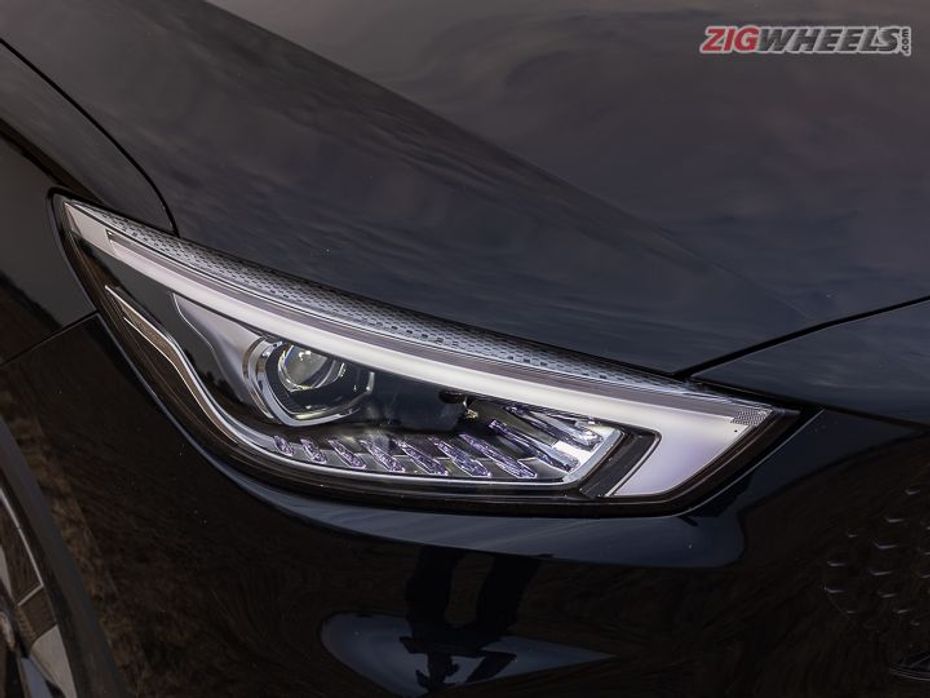
The rest of the ZS’ design is shared with Astor. So, the London Eye-style LED DRLs are replaced with a sharper design and the tail lamps have a more technical look with LED blocks fanning out over stoplight elements. The ZS’ dimensions, except for an increase in length, are virtually identical to the Astor and the pre-facelift ZS too.
|
Pre-facelift ZS EV |
Facelifted ZS EV |
Astor |
|
|
Length |
4314mm |
4323mm |
4323mm |
|
Width |
1809mm |
1809mm |
1809mm |
|
Height |
1644mm |
1649mm |
1650 |
|
Wheelbase |
2585mm |
2581mm |
2585 |
|
Ground Clearance |
177mm |
NA |
NA |
Going for great
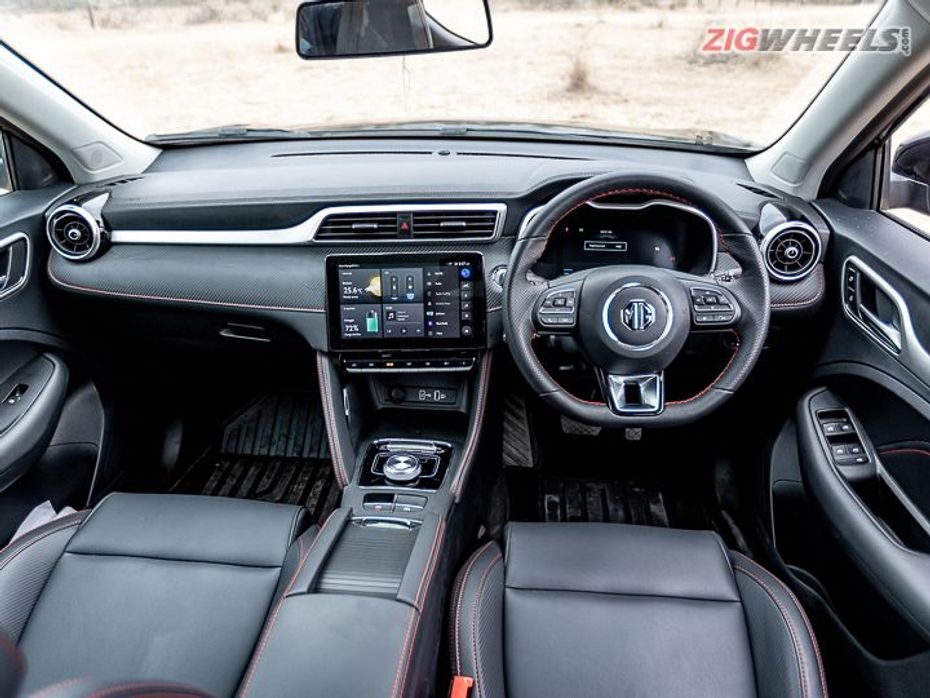
The ZS borrows more from the Astor, like the clean but handsome dash design and the plush finish. There are soft-touch premium-feeling materials across the dash and the cabin. Leather is used liberally too, wrapping grab handles, the armrest and part of the dashboard too. The infotainment screen is bright, sharp and snappy to use and the driver now gets upgraded to a digital display. However, the display takes some time to get used to as the indicators for the KERS setting, Drive Modes and the SoC are quite small and pushed to the edges instead of taking centre stage.

Unlike the Astor, the ZS doesn't get ADAS safety technology, but it is packing more safety equipment. The blind-spot warning system prods you from changing lanes when there’s a vehicle in the lane next to you. The lane change assist feature piggybacks on the blind-spot detection system and doesn’t provide any steering inputs. It also adds a 360-degree camera for added convenience, though the video resolution is poor. Other safety features, such as six airbags, hill-hold, and hill-descent remain as a part of the package.
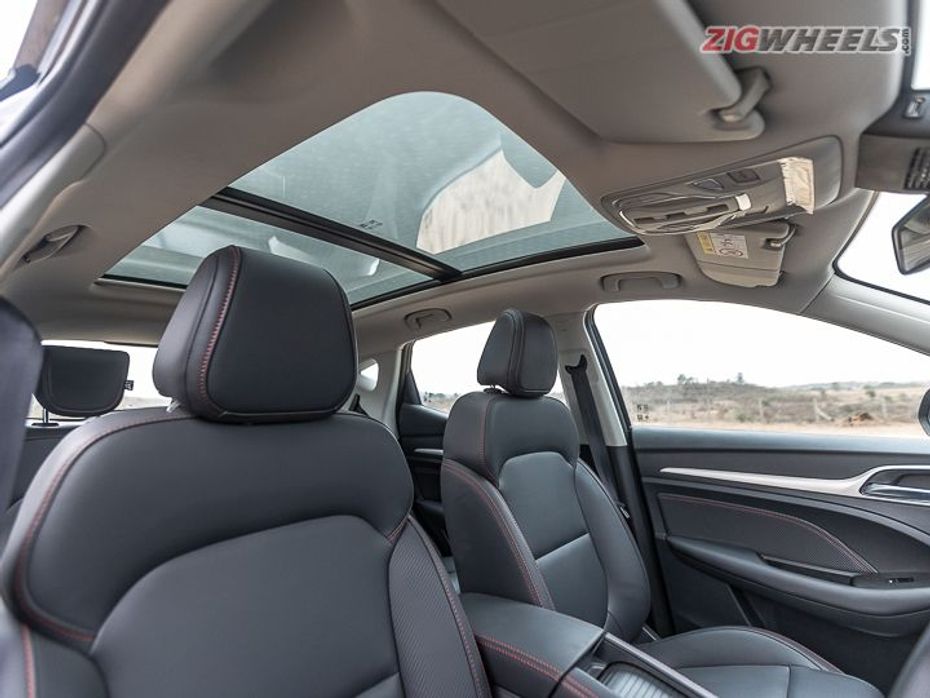
The equipment list is as healthy as before with a PM2.5 filter, panoramic sunroof, connected car technology, and a powered driver’s seat. The rear seat occupants are also treated better as there’s an armrest with cup holders, rear aircon vents and two USB ports too. We would have liked sunblinds for the rear seats, and better under-thigh support too.
State of recharge
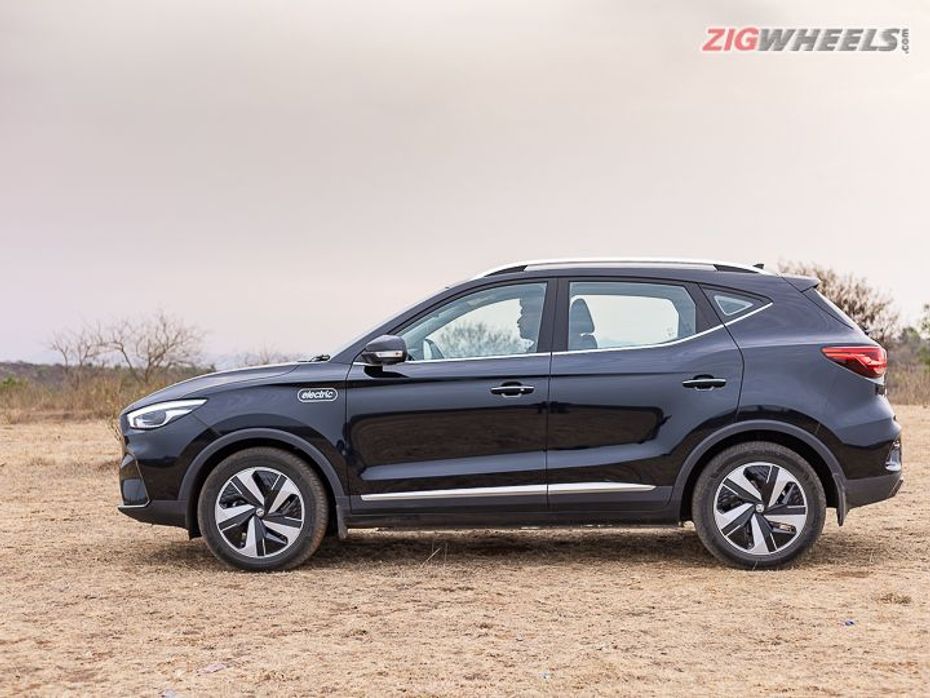
There’s been a slight bump in charging times, but nothing dramatic.
|
Pre-facelift ZS EV |
Facelifted ZS EV |
|
|
Fast Charging Time 0 to 80 percent (50kW) |
50 minutes |
1 hour |
|
7.4 kWh Home Charger 100% |
6-8 hours |
8.5 - 9 hours |
|
13Amp On-board -100% |
16-18 hours |
18-19 hours |
Essentially MG hasn’t rejigged the ZS formula, they have just bettered it. With prices ranging between Rs 21.99 - 25.88 lakh, the bump up in price up to Rs 70,000 is justified amply by the additional range, safety features and improvements on the car. So, the MG ZS EV offers better practicality, comfort, safety features, value and is fun too. So, calling it nice doesn’t quite cut it. It’s good. Very good.


The MG ZS EV Finds 5,000 Homes Since Its Launch In India

MG Motor India And Bharat Petroleum Joins Hands To Expand India’s...

Tata Curvv Petrol & Diesel Review: So Close To Perfect!

Mahindra Scorpio Classic Review: The OG Big Daddy!

2024 Hyundai Creta Facelift vs Rivals: Which Compact SUV Shines On...

Hyundai Creta 2024 Review: First Drive
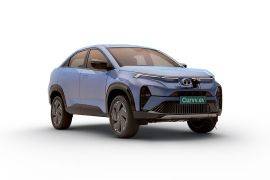 Tata Curvv EV
Tata Curvv EV
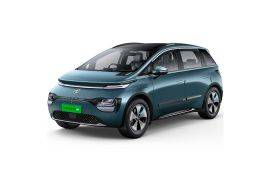 MG Windsor EV
MG Windsor EV
 Tata Nexon EV
Tata Nexon EV
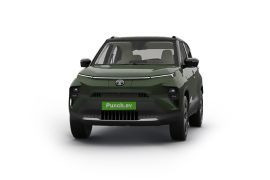 Tata Punch EV
Tata Punch EV
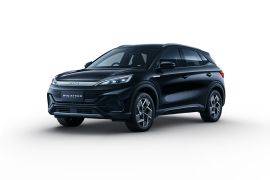 BYD Atto 3
BYD Atto 3
India's largest automotive community
 MG Hector
Rs. 13.99 Lakh
MG Hector
Rs. 13.99 Lakh
 MG Windsor EV
Rs. 13.49 Lakh
MG Windsor EV
Rs. 13.49 Lakh
 MG Astor
Rs. 9.99 Lakh
MG Astor
Rs. 9.99 Lakh
 MG Gloster
Rs. 38.79 Lakh
MG Gloster
Rs. 38.79 Lakh
 MG Comet EV
Rs. 6.99 Lakh
MG Comet EV
Rs. 6.99 Lakh
 Tata Curvv EV
Rs. 17.49 Lakh
Tata Curvv EV
Rs. 17.49 Lakh
 MG Windsor EV
Rs. 13.49 Lakh
MG Windsor EV
Rs. 13.49 Lakh
 Tata Nexon EV
Rs. 12.49 Lakh
Tata Nexon EV
Rs. 12.49 Lakh
 Tata Punch EV
Rs. 9.99 Lakh
Tata Punch EV
Rs. 9.99 Lakh
 Tata Tiago EV
Rs. 7.99 Lakh
Tata Tiago EV
Rs. 7.99 Lakh